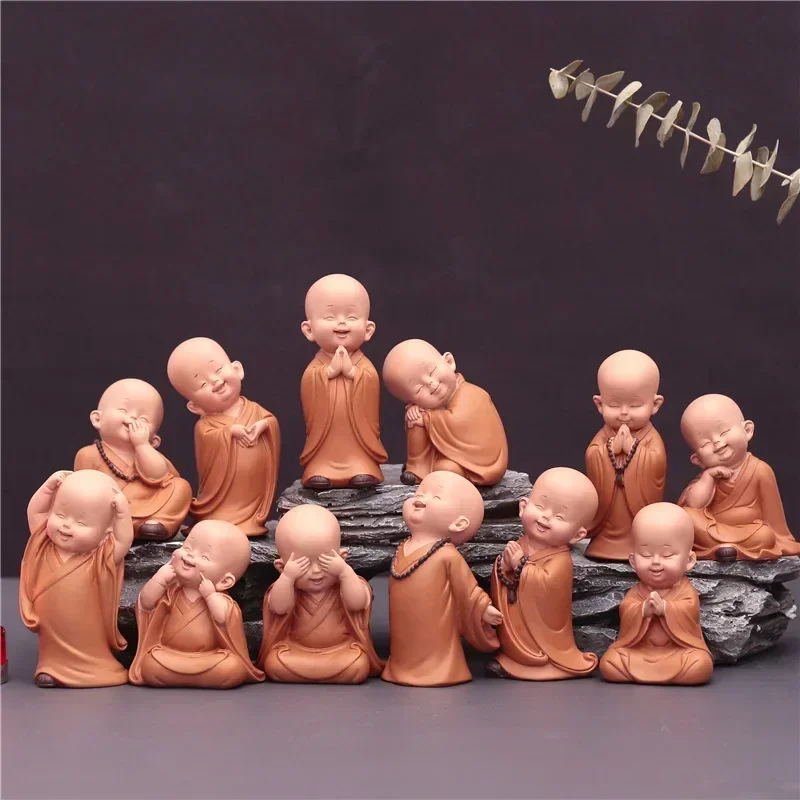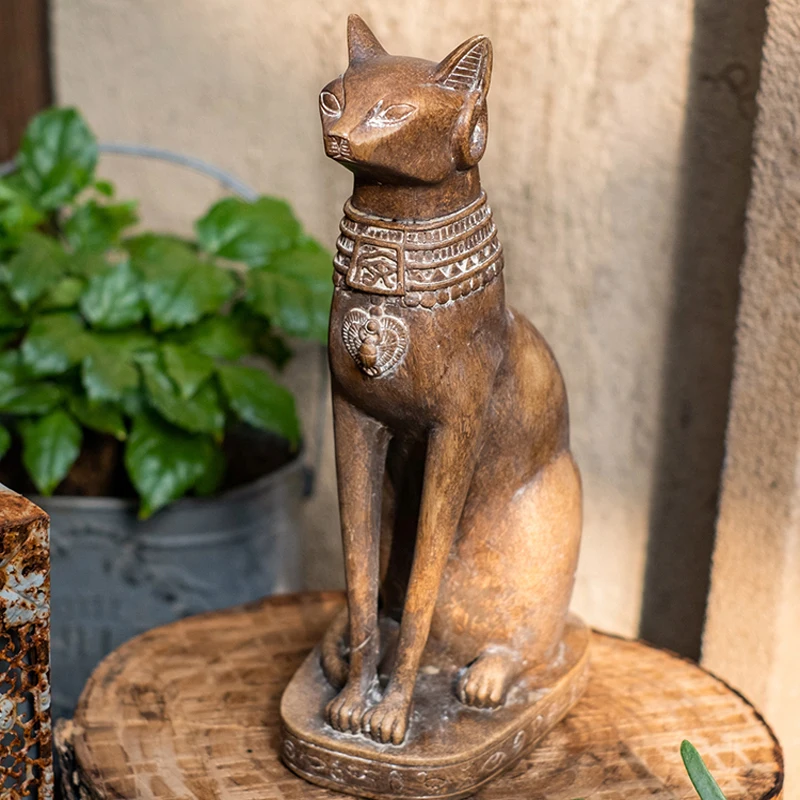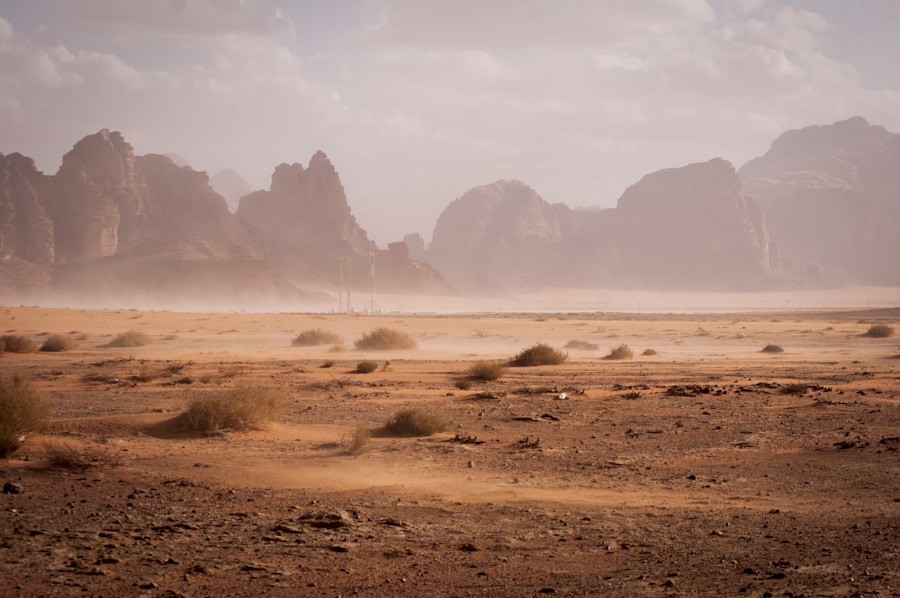Contents
- 1 Exploring the Mystical Teachings of Carlos Castaneda
- 2 Carlos Castaneda teachings
- 2.1 The Teachings of Don Juan: A Mystical Journey
- 2.2 Altered States of Consciousness and the Toltec Tradition
- 2.3 The Power of Intention and the Art of Dreaming
- 2.4 Recapitulation: Confronting the Past, Liberating the Self
- 2.5 Carlos Castaneda books
- 2.6 Integrating Castaneda’s Teachings into Modern Life
- 2.6.1 FAQs
- 2.6.2 What are Carlos Castaneda teachings?
- 2.6.3 What is the main idea behind Carlos Castaneda teachings?
- 2.6.4 What are some of the key concepts in Carlos Castaneda teachings?
- 2.6.5 What are some of the criticisms of Carlos Castaneda teachings?
- 2.6.6 Are Carlos Castaneda teachings still relevant today?
Exploring the Mystical Teachings of Carlos Castaneda
Carlos Castaneda, an anthropologist who ignited controversy and fascination in equal measure, remains a captivating figure in the exploration of altered consciousness and esoteric traditions. His tales of apprenticeship under a Yaqui shaman named don Juan Matus delve into the mystical practices of Mexican shamanism, blurring the lines between reality, perception, and the potential for extraordinary experiences.
Imagine a hidden world, veiled from ordinary sight, where reality is fluid and consciousness can be stretched and manipulated. Castaneda’s books portray this world as the domain of don Juan, a wizened teacher who guides him through a series of challenging and often bizarre practices. These practices, aimed at shattering our normal perceptions, involve the use of psychoactive plants, dream manipulation techniques, and altered states of awareness. Through these experiences, Castaneda describes encountering alternate realities, heightened senses, and a profound connection to the natural world.
Castaneda’s work sparked a global interest in shamanism and the potential for altered states of consciousness to unlock hidden dimensions of reality. His teachings resonated with those seeking alternative spiritual paths, offering a glimpse into traditions focused on direct experience rather than blind faith.
However, Castaneda’s credibility has been repeatedly challenged. Anthropologists have questioned the veracity of his experiences, pointing out inconsistencies in his accounts and the lack of corroborating evidence. Critics argue that his books are works of fiction, albeit captivating ones, that borrow from various indigenous traditions without offering a truly authentic portrayal of shamanism.
Despite the controversy, Castaneda’s work continues to hold a certain allure. He offers a captivating narrative that pushes the boundaries of perception and compels readers to question the nature of reality. His exploration of altered states of consciousness, even if fictionalized, resonates with a deep human desire to transcend the limitations of the everyday world and explore the uncharted territories of the mind.
Ultimately, the value of Carlos Castaneda’s work lies in the questions it raises. Do other realities exist beyond our normal perception? Is it possible to cultivate altered states of consciousness that grant us access to hidden dimensions of ourselves and the world around us? While Castaneda’s answers may remain shrouded in mystery, his journey into the mystical teachings of shamanism continues to spark curiosity, ignite debate, and inspire exploration into the vast potential of the human experience.
Carlos Castaneda teachings
Carlos Castaneda’s life was shrouded in mystery and intrigue, captivating the minds of readers and scholars alike. Born in 1925 in Cajamarca, Peru, Castaneda’s early life was marked by a deep fascination with the natural world and a thirst for knowledge. After completing his undergraduate studies in anthropology at the University of California, Los Angeles (UCLA), Castaneda embarked on a journey that would forever change the course of his life.
In the early 1960s, Castaneda encountered a Yaqui shaman named Don Juan Matus, who would become his teacher and guide into the realm of Toltec spirituality. The circumstances surrounding this encounter were shrouded in secrecy, with Castaneda maintaining a veil of anonymity and refusing to disclose the exact location or details of his initial meeting with Don Juan. This enigmatic approach only added to the mystique that surrounded Castaneda’s work, as readers were left to ponder the authenticity and veracity of his accounts.
The controversy and skepticism surrounding the authenticity of Castaneda’s writings have been a subject of ongoing debate. While some scholars and readers have embraced his teachings as a profound and transformative exploration of human consciousness, others have dismissed his work as a work of fiction or even a hoax. The lack of verifiable evidence and the elusive nature of Castaneda’s sources have fueled these debates, with some critics questioning the reliability of his accounts and the legitimacy of his claims.
Key Takeaways
- Carlos Castaneda’s life remains enigmatic and shrouded in controversy.
- His teachings, as chronicled in “The Teachings of Don Juan,” offer a mystical journey into altered states of consciousness and the Toltec tradition.
- Castaneda emphasizes the power of intention and the art of dreaming, as well as the importance of recapitulation in confronting the past and liberating the self.
- The warrior’s path involves cultivating impeccability and awareness, while the sorcerer’s pragmatic approach to spirituality emphasizes practicality and results.
- Despite controversies surrounding Castaneda’s legacy, his teachings continue to influence modern spirituality and offer valuable insights for integrating into daily life.
The Teachings of Don Juan: A Mystical Journey
Through his encounters with Don Juan, Castaneda was introduced to the Toltec tradition, a rich and ancient spiritual lineage that had long been shrouded in mystery. At the heart of the Toltec teachings was the concept of “seeing,” which Castaneda described as a heightened state of awareness and perception that allowed one to transcend the limitations of ordinary consciousness.
Don Juan’s teachings delved deep into the nature of reality and the human condition, challenging Castaneda’s preconceptions and inviting him to explore the hidden dimensions of existence. The Toltec tradition emphasized the importance of personal experience and the cultivation of a unique, individualized path of spiritual growth, rather than the adherence to rigid dogmas or belief systems.
A central aspect of Castaneda’s journey with Don Juan was the use of plant-based psychedelics, such as peyote and Jimson weed, as tools for spiritual exploration and the expansion of consciousness. These substances were seen as gateways to non-ordinary states of awareness, allowing Castaneda to access realms of experience that lay beyond the confines of the rational mind. Through these altered states, Castaneda claimed to have gained profound insights into the nature of reality, the self, and the human condition.
Altered States of Consciousness and the Toltec Tradition
Castaneda’s exploration of non-ordinary states of consciousness was a fundamental aspect of his teachings, as he believed that these altered states held the key to unlocking the hidden potentials of the human mind. Drawing on the Toltec tradition, Castaneda described the existence of a “second attention,” a realm of awareness that existed beyond the confines of the everyday, rational mind.
The Toltec concept of the “second attention” suggested that there were multiple layers of perception and consciousness, and that by cultivating the ability to shift one’s attention, individuals could access these deeper dimensions of reality. Castaneda’s writings delved into the intricacies of this “second attention,” exploring the ways in which it could be accessed, harnessed, and integrated into daily life.
Dreaming and the “art of dreaming” also played a central role in Castaneda’s teachings, as he believed that the dream state held the potential for profound self-discovery and transformation. Through the practice of lucid dreaming and the cultivation of awareness within the dream state, Castaneda claimed that individuals could gain access to hidden aspects of their own psyche and even tap into the collective unconscious of humanity.
The Power of Intention and the Art of Dreaming
At the heart of Castaneda’s teachings was the emphasis on the power of intention and its transformative potential. He believed that by cultivating a clear and focused intention, individuals could shape their reality and manifest their desired outcomes. This concept of intentionality was closely tied to the Toltec practice of “stalking,” which involved the cultivation of heightened awareness and the ability to observe one’s own thoughts, emotions, and behaviors with detachment.
The “art of dreaming,” as Castaneda described it, was another key aspect of his teachings, as he believed that the dream state held the potential for profound self-discovery and transformation. Through the practice of lucid dreaming and the cultivation of awareness within the dream state, Castaneda claimed that individuals could gain access to hidden aspects of their own psyche and even tap into the collective unconscious of humanity.
Castaneda’s teachings also introduced the concept of the “assemblage point,” which he described as the energetic center of an individual’s perception of reality. According to Castaneda, the position and orientation of this “assemblage point” could be shifted through various practices, allowing individuals to access new perspectives and dimensions of experience.
Recapitulation: Confronting the Past, Liberating the Self
| Teaching | Description |
| The Art of Dreaming | Techniques for lucid dreaming and exploring the dream world |
| The Teachings of Don Juan | Castaneda’s first book detailing his experiences with a Yaqui Indian shaman |
| Tensegrity | A series of movements and practices designed to enhance personal power and awareness |
| The Power of Silence | Exploration of the role of silence in personal growth and spiritual development |
| The Second Ring of Power | Further exploration of shamanic practices and the nature of reality |
One of the central practices in Castaneda’s teachings was the process of “recapitulation,” which he believed to be a powerful tool for personal transformation and the liberation of the self. The recapitulation process involved the systematic review and re-examination of one’s personal history, with the goal of confronting and releasing the emotional and energetic attachments that had accumulated over the course of a lifetime.
Castaneda’s insights on the nature of personal history and its impact on the present were profound, as he believed that the past was not a fixed and immutable reality, but rather a dynamic and malleable construct that could be reshaped and reinterpreted. By engaging in the recapitulation process, individuals could confront and release the emotional and energetic burdens of the past, freeing themselves from the limitations and constraints that had previously defined their lives.
The liberating potential of this process was central to Castaneda’s teachings, as he believed that by confronting and releasing the past, individuals could unlock new possibilities for personal growth, transformation, and the realization of their true potential. Through the recapitulation process, Castaneda’s followers could embark on a journey of self-discovery and the cultivation of a more authentic and empowered sense of self.
Carlos Castaneda books
The Warrior’s Path: Cultivating Impeccability and Awareness
A key aspect of Castaneda’s teachings was the concept of the “warrior’s path,” which emphasized the cultivation of impeccability, heightened awareness, and a deep commitment to personal growth and transformation. The warrior’s path, as Castaneda described it, was not a path of aggression or conquest, but rather a journey of self-mastery and the cultivation of a profound sense of presence and awareness in everyday life.
At the heart of the warrior’s path was the practice of “impeccability,” which Castaneda defined as the unwavering commitment to living with integrity, honesty, and a deep respect for oneself and others. This practice involved the cultivation of heightened awareness and the ability to observe one’s own thoughts, emotions, and behaviors with a detached and non-judgmental perspective.
Castaneda’s teachings on the importance of “stopping the world” were also central to the warrior’s path, as he believed that by temporarily suspending our habitual patterns of thinking and behaving, we could access new realms of awareness and possibility. This practice of “stopping the world” was seen as a powerful tool for personal growth and transformation, allowing individuals to break free from the limitations of their conditioned responses and to cultivate a more expansive and empowered sense of self.
The Sorcerer’s Pragmatic Approach to Spirituality
One of the defining characteristics of Castaneda’s teachings was his rejection of traditional religious and spiritual dogmas, and his embrace of a more pragmatic and experiential approach to spirituality. Castaneda referred to this approach as the “sorcerer’s pragmatic,” which emphasized the importance of personal experience and the direct exploration of the nature of reality, rather than the adherence to pre-existing belief systems or doctrines.
This sorcerer’s pragmatic approach was rooted in a deep skepticism towards the claims of traditional spiritual and religious authorities, and a belief that true knowledge and transformation could only be attained through one’s own direct experience and exploration. Castaneda encouraged his followers to approach his teachings with a critical and discerning eye, to question the assumptions and beliefs that had been handed down to them, and to engage in a process of self-discovery and personal transformation.
At the heart of this sorcerer’s pragmatic approach was the cultivation of a heightened sense of awareness and the ability to perceive the world with a fresh and unbiased perspective. Castaneda believed that by cultivating this state of heightened awareness, individuals could transcend the limitations of their conditioned responses and access new realms of possibility and understanding.
Castaneda’s Legacy: Controversies and Continuing Influence
The legacy of Carlos Castaneda’s teachings has been marked by ongoing debates and controversies, with scholars, critics, and followers alike grappling with the authenticity and significance of his work. While some have hailed Castaneda as a visionary and a pioneering explorer of human consciousness, others have dismissed his writings as a work of fiction or even a hoax.
The lack of verifiable evidence and the elusive nature of Castaneda’s sources have fueled these debates, with some critics questioning the reliability of his accounts and the legitimacy of his claims. The controversy surrounding Castaneda’s work has only added to the mystique and intrigue that surrounds his teachings, as readers and scholars continue to grapple with the profound and transformative potential of his ideas.
Despite the ongoing debates, Castaneda’s teachings have had a lasting impact on various spiritual and self-help movements, with his ideas on the nature of reality, the power of intention, and the cultivation of heightened awareness resonating with a wide range of individuals. His influence can be seen in the rise of alternative spirituality, the growth of the self-help industry, and the increasing interest in the exploration of non-ordinary states of consciousness.
In the modern era, Castaneda’s teachings continue to be studied, debated, and applied in a variety of contexts, from personal growth and transformation to the fields of psychology, anthropology, and the study of consciousness. As the world continues to grapple with the complexities of the human experience, the enduring relevance and influence of Castaneda’s work serve as a testament to the enduring power of the human spirit to explore the unknown and to seek new frontiers of understanding.
Integrating Castaneda’s Teachings into Modern Life
As the teachings of Carlos Castaneda continue to captivate and inspire readers and seekers around the world, the question of how to effectively integrate these profound insights into the realities of modern life becomes increasingly important. While Castaneda’s work was rooted in the ancient Toltec tradition, its relevance and applicability to the contemporary world are undeniable.
One of the key challenges in integrating Castaneda’s teachings into modern life lies in the need to adapt and translate these ideas into practical, accessible, and relevant strategies for personal growth and transformation. This requires a deep understanding of the underlying principles and a willingness to experiment and explore how these teachings can be applied in the context of our daily lives.
By exploring the practical ways in which Castaneda’s teachings on intention, awareness, dreaming, and the “warrior’s path” can be incorporated into our personal and professional lives, individuals can unlock new possibilities for self-discovery, empowerment, and the realization of their true potential. Whether it’s through the practice of recapitulation, the cultivation of heightened presence, or the exploration of non-ordinary states of consciousness, the integration of Castaneda’s teachings can serve as a powerful catalyst for personal and collective transformation.
As we navigate the complexities and challenges of the modern world, the enduring relevance and wisdom of Castaneda’s teachings offer a unique and compelling perspective on the human experience. By embracing the sorcerer’s pragmatic approach and the spirit of open-minded exploration that defined Castaneda’s work, we can embark on our own journeys of self-discovery and the cultivation of a more expansive and empowered sense of self.
FAQs
What are Carlos Castaneda teachings?
Carlos Castaneda teachings refer to the spiritual and philosophical teachings of Carlos Castaneda, a Peruvian-American author and anthropologist. His teachings are based on his experiences with a Yaqui Indian shaman named Don Juan Matus, which he documented in his books.
What is the main idea behind Carlos Castaneda teachings?
The main idea behind Carlos Castaneda teachings is the concept of “seeing” or perceiving the world in a different way. He believed that by changing our perception, we can change our reality and achieve a higher level of consciousness.
What are some of the key concepts in Carlos Castaneda teachings?
Some of the key concepts in Carlos Castaneda teachings include the idea of “stopping the world,” which means to quiet the mind and focus on the present moment, and the concept of “not-doing,” which involves letting go of the need to control and allowing things to happen naturally.
What are some of the criticisms of Carlos Castaneda teachings?
Some critics have accused Carlos Castaneda of fabricating his experiences with Don Juan Matus and of appropriating Native American culture. Others have criticized his teachings as being overly mystical and lacking in scientific evidence.
Are Carlos Castaneda teachings still relevant today?
While Carlos Castaneda’s teachings have been controversial, they continue to be influential in the fields of spirituality and personal growth. Many people still find value in his ideas about perception and consciousness, and his books remain popular today.










